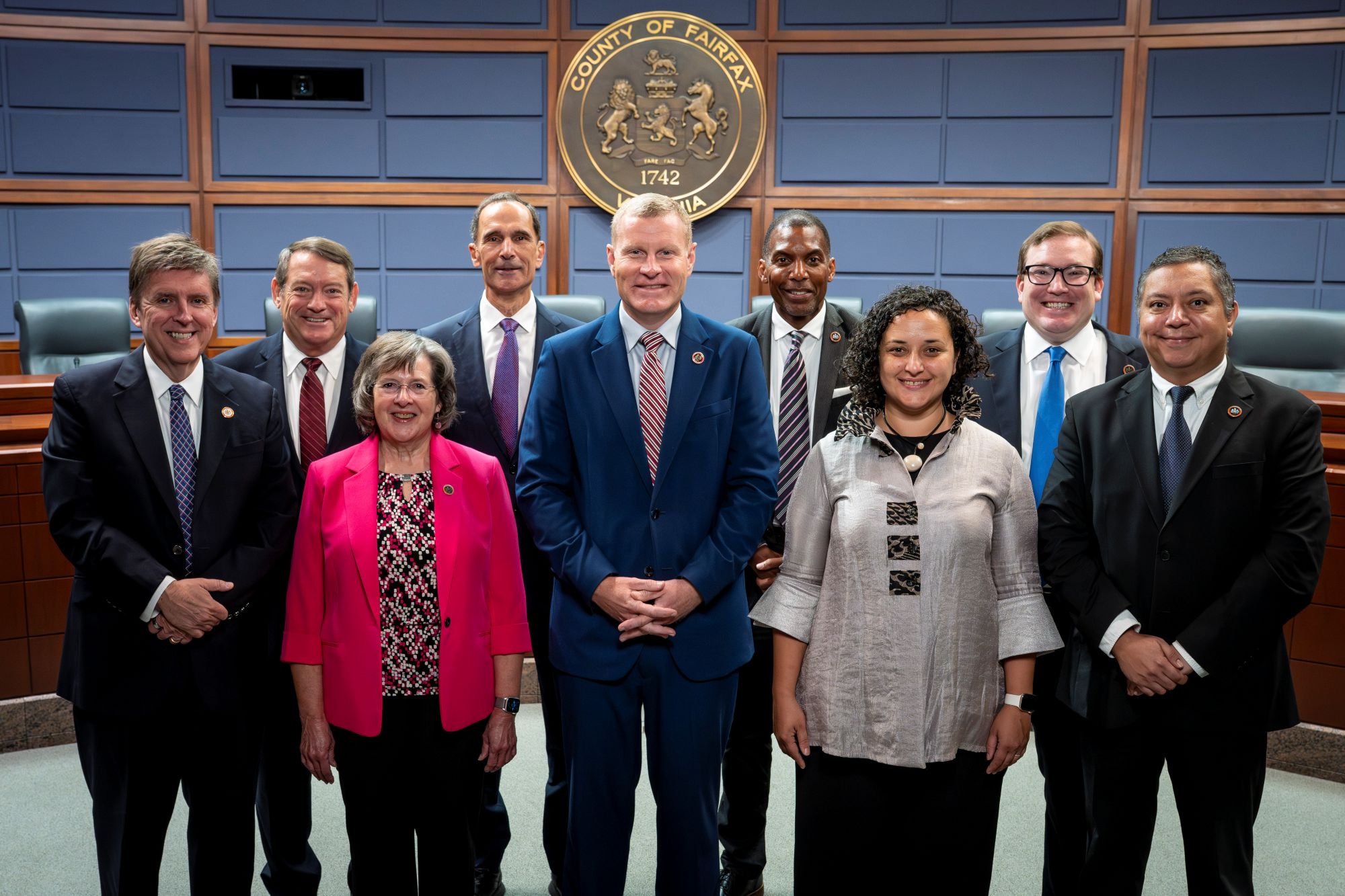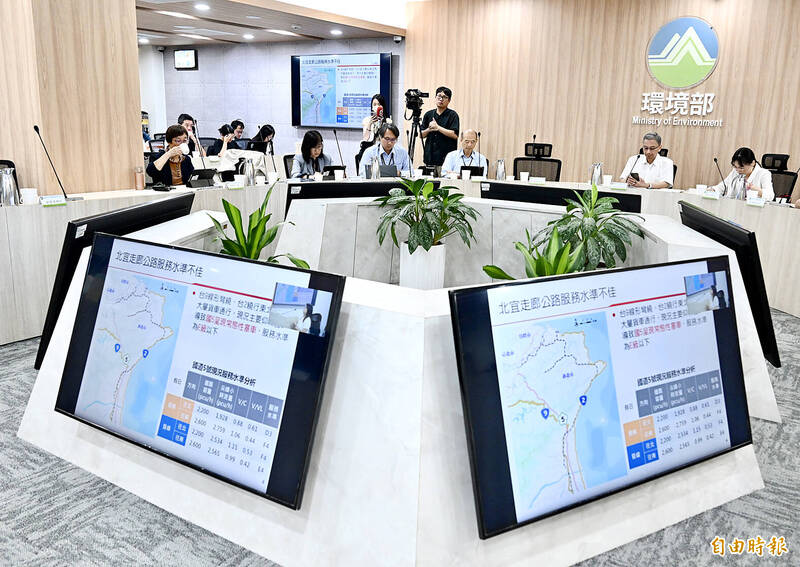Mississippi River Bridge South Project: Environmental Assessment and Sustainable Development Goals
Project Overview and Strategic Importance
The Federal Highway Administration (FHWA) has authorized the commencement of a formal environmental assessment for the proposed Mississippi River Bridge project south of Baton Rouge. This milestone, announced by the Louisiana Department of Transportation and Development (DOTD), initiates a critical phase in developing resilient infrastructure, directly supporting Sustainable Development Goal 9 (Industry, Innovation, and Infrastructure). The project aims to enhance regional connectivity and foster sustainable economic growth by improving transportation networks. The three proposed alternatives for the bridge crossing are located in Iberville Parish, connecting LA Highway 1 and LA Highway 30.
Environmental Assessment Framework and SDG Alignment
The environmental assessment is a mandatory 12-month process under the National Environmental Policy Act (NEPA), ensuring that federally funded projects are developed responsibly. The assessment’s findings will guide the selection of a preferred alternative that minimizes negative impacts while maximizing benefits, reflecting a commitment to integrated sustainable development. The core components of the assessment align with several key SDGs:
- Technical and Environmental Analysis: In-depth studies will be conducted on various environmental factors. This process is crucial for achieving multiple sustainability targets.
- Biological and Field Surveys: Research into local ecosystems and biodiversity directly addresses SDG 15 (Life on Land) by seeking to protect and minimize disruption to the natural environment.
- Air and Noise Quality Analysis: This work supports SDG 11 (Sustainable Cities and Communities) and SDG 13 (Climate Action) by evaluating the project’s potential impact on local air quality and its contribution to climate mitigation through optimized traffic flow.
- Cultural Research: Investigation into cultural heritage sites aligns with Target 11.4 of SDG 11, which calls for strengthening efforts to protect and safeguard the world’s cultural and natural heritage.
- Hydrology, Traffic, and Engineering Design: These technical evaluations are fundamental to building the resilient and sustainable infrastructure central to SDG 9.
- Regulatory Compliance and Governance: Adherence to the NEPA process demonstrates a commitment to SDG 16 (Peace, Justice, and Strong Institutions) by ensuring the project proceeds through an accountable, transparent, and legally sound framework. Should the assessment identify significant impacts, a more comprehensive Environmental Impact Statement (EIS) will be required, further reinforcing this commitment to responsible governance.
Public Engagement and Inclusive Development
A cornerstone of the project’s alignment with the SDGs is its emphasis on public and stakeholder engagement. This participatory approach is vital for achieving SDG 11 (Sustainable Cities and Communities), which advocates for inclusive and sustainable urban planning, and SDG 17 (Partnerships for the Goals), which promotes collaboration between government institutions and the public. The DOTD has scheduled several opportunities for community involvement:
Upcoming Community Briefings
- Tuesday, December 9, 5-7 p.m. at the St. Gabriel Community Center, St. Gabriel, La.
- Wednesday, December 10, 5-7 p.m. at the Plaquemine Community Center, Plaquemine, La.
Additional public meetings are planned for the spring of 2026 to present more detailed designs and cost estimates, ensuring that public feedback is integrated into the draft environmental assessment. This process ensures that the final project is not only technically sound but also socially equitable and beneficial to the community.
Conclusion and Path Forward
The initiation of the environmental assessment marks a significant advancement for the Mississippi River Bridge project. The selection of a final alternative will be based on a comprehensive evaluation of environmental, social, and economic factors, embodying the principles of the Sustainable Development Goals. The project’s timeline for completion remains contingent upon the assessment’s findings, the selection of a procurement method, and the securing of funding. The transparent and participatory process underway will lay the groundwork for a project that enhances regional infrastructure in a sustainable and responsible manner.
SDGs Addressed in the Article
-
SDG 9: Industry, Innovation and Infrastructure
- The article’s central theme is the development of a major piece of infrastructure: a new Mississippi River Bridge. This project directly aligns with the goal of building resilient infrastructure, promoting sustainable industrialization, and fostering innovation. The entire process, from environmental assessment to design and construction, is about creating a durable and functional transportation link.
-
SDG 11: Sustainable Cities and Communities
- The project is a significant urban and regional planning effort aimed at improving transportation south of Baton Rouge. The emphasis on an environmental assessment that considers “community and transportation effects” and the inclusion of “public and stakeholder engagement” are key components of making cities and human settlements inclusive, safe, resilient, and sustainable. The bridge will connect communities, impacting their development and accessibility.
-
SDG 15: Life on Land
- The article explicitly states that the environmental assessment will involve “field surveys, biological research,” and an evaluation of impacts on the “natural environment.” This process is directly related to protecting, restoring, and promoting the sustainable use of terrestrial ecosystems. The goal is to ensure the bridge project proceeds with the least possible negative impact on local ecosystems.
-
SDG 16: Peace, Justice and Strong Institutions
- The project’s adherence to the National Environmental Policy Act (NEPA), a federal law, demonstrates the role of effective and accountable institutions (like the FHWA and DOTD). The article highlights a transparent process that requires “community input” and public meetings, which supports the goal of ensuring responsive, inclusive, and participatory decision-making at all levels.
Specific SDG Targets Identified
-
Target 9.1: Develop quality, reliable, sustainable and resilient infrastructure
- The entire Mississippi River Bridge project is an effort to develop new, quality transportation infrastructure. The rigorous 12-month environmental assessment and engineering work mentioned in the article are designed to ensure the final project is sustainable and resilient, considering environmental and community impacts before construction begins.
-
Target 11.4: Strengthen efforts to protect and safeguard the world’s cultural and natural heritage
- The article specifies that the environmental assessment includes “cultural research” and “biological research” to evaluate potential impacts. This directly corresponds to the effort to protect and safeguard cultural and natural heritage in the area where the bridge will be built.
-
Target 15.9: Integrate ecosystem and biodiversity values into national and local planning and development processes
- The requirement to conduct an environmental assessment under NEPA is a direct implementation of this target. The article describes how the project must evaluate impacts on the “natural environment” and conduct “biological research.” The findings will be integrated into the final decision on which of the three alternatives is chosen, thereby incorporating ecosystem values into the development process.
-
Target 16.7: Ensure responsive, inclusive, participatory and representative decision-making at all levels
- The article repeatedly emphasizes the importance of public involvement. It mentions that the process begins with “public and stakeholder engagement” and that it is “crucial for the public to be engaged.” Specific events are listed, such as two “community briefings” and four upcoming “larger public meetings,” to gather “public feedback.” This demonstrates a commitment to participatory decision-making.
Indicators for Measuring Progress
-
Completion of the environmental assessment
- The article clearly defines the environmental assessment as a 12-month process. Its completion, along with its findings (e.g., “a finding of no significant impact” or the need for a more detailed “environmental impact statement”), serves as a direct, measurable indicator of progress in evaluating the project’s environmental, cultural, and community effects (relevant to Targets 11.4 and 15.9).
-
Number of public meetings and community briefings held
- The article explicitly states that two “community briefings” and four “larger public meetings” are planned. The execution of these meetings is a quantifiable indicator of the level of public engagement and participatory decision-making in the project’s planning phase (relevant to Target 16.7).
-
Selection of a preferred alternative for the bridge location
- The article explains that the environmental assessment will result in a “matrix of all of the benefits and impacts” that will “guide the selection of a preferred alternative.” This selection is a critical milestone and a clear indicator that the project is moving from the assessment phase toward the design and construction phase, marking progress towards Target 9.1.
Summary Table of SDGs, Targets, and Indicators
| SDGs | Targets | Indicators |
|---|---|---|
| SDG 9: Industry, Innovation and Infrastructure | 9.1: Develop quality, reliable, sustainable and resilient infrastructure. | Selection of a preferred alternative for the bridge location and design. |
| SDG 11: Sustainable Cities and Communities | 11.4: Strengthen efforts to protect and safeguard the world’s cultural and natural heritage. | Completion of the environmental assessment, which includes “cultural research.” |
| SDG 15: Life on Land | 15.9: Integrate ecosystem and biodiversity values into national and local planning and development processes. | Completion of the environmental assessment, which includes “biological research” and evaluation of impacts on the “natural environment.” |
| SDG 16: Peace, Justice and Strong Institutions | 16.7: Ensure responsive, inclusive, participatory and representative decision-making at all levels. | Number of public meetings and community briefings held (specific mention of two briefings and four public meetings). |
Source: unfilteredwithkiran.com






